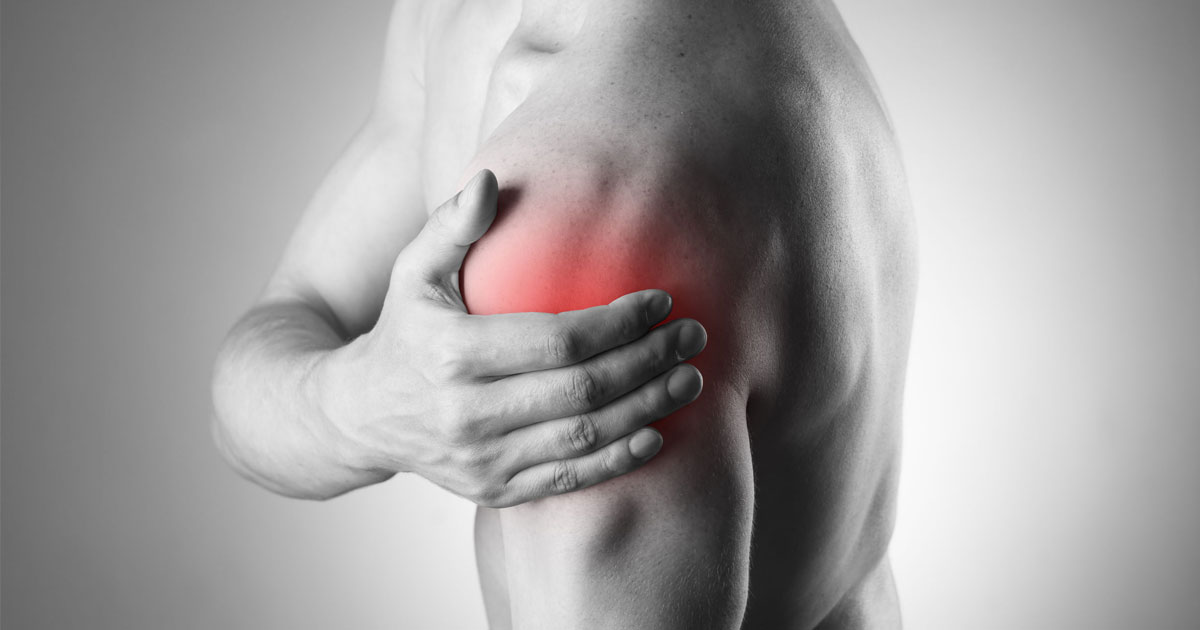
Training Through Musculoskeletal Injury
We’ve all been there. You’ve just gotten yourself back into the gym or training, motivation is high and you are following your training schedule religiously. Or you’ve been consistent with training and the results are coming through – then all of a sudden, the dreaded injury!
Acute musculoskeletal injury rates in those that are physically active can be quite high with various studies putting the figure at anywhere between 25% (Hootman et al, 2002) to 40% (Almeida et al, 1989) while the (2001 paper by Hootman and Co) found that “the risk of sustaining an activity related injury increased with higher duration of physical activity per week…”.
So what does this mean?
Should I stop Crossfit or F45 and take up power walking? Should I reduce the duration and amount of training I’m doing to reduce the risk of injury?
The short answer is no. Now let’s remember that this blog is not injury specific nor is meant to be taken as medical advice. If you do suffer a musculoskeletal injury then you should definitely consult your medical or healthcare provider to get a clear diagnosis and treatment/rehab plan.
Let’s be honest, if you are maintaining a moderate to high level of exercise, the numbers tell us that at some point you will have a soft-tissue or musculoskeletal injury. This may come in the form of a simple sprain/strain, a muscular tear, or a meniscal injury.
To simplify musculoskeletal injury, let’s classify them as either traumatic and non-traumatic, or traumatic and overuse injuries. Got tackled during rugby and landed on the point of your shoulder causing rotator cuff injury? Traumatic injury. Learning how to strict handstand press and complete 10000 in one week resulting in rotator cuff injury? Overuse. Either way, the question remains, should we keep training or should we rest and recover?
Now obviously, the nature and extent of the injury needs to be determined to rule out any serious pathology where immobilization or surgical intervention is needed. But once this has been ruled out, the aim of any good rehabilitation program should be returning the patient to active recovery as soon as possible, provided the patient can meet objective goals.
Recent studies of prevention and rehabilitation of acute hamstring injuries by Opar, Hickey and Lorenz all outline the need for a progression into early eccentric exercise in order to gain the best outcomes in regards to return to play and risk of re-injury, while Lorenz goes on to conclude that “the challenge for the sports physical therapist is to clearly describe the ideal time to start eccentrics in the rehabilitation process, as well as how to manipulate training variables (load, volume, intensity, frequency) to provide a safe, yet progressive stimulus for eventual return to sport”.
So how does this help you?
Exercise modification, progressive rehabilitation and education of pain, fear avoidance and the rehabilitation process.
I’m a firm believer that unless you have a specific injury where complete rest is needed – stress fracture for example – then you should be trying to maintain a level of physical activity that your injury allows for.
- Acute low back strain/sprain?
Try some hydrotherapy or a directed low force core activation session. - Rotator cuff strain?
How about try a high intensity interval session on the exercise bike? - Training for the half marathon and you tear your calf?
Jumping in the pool and doing stroke focussed laps will help maintain both your anaerobic and aerobic fitness.
At the same time, your practitioner or coach should be aiming to progress your rehabilitation at regular intervals as soon as you meet certain criteria. They should also be willing to regress you if you have a setback or an aggravation of your injury, which is not uncommon when rehabbing soft tissue injury.
Maintaining exercise in any form helps prevent the complete loss of any gains you made during your training whether that be strength/hypertrophy, aerobic/anaerobic fitness or weight loss. It can also do wonders for you mentally! I know that it affects my mood when I can’t train or be physically active.
Whether it be swapping out deadlifts for glute bridges, or reducing yourself to a 10min/km pace for a period of time, work with your practitioner and coach to modify your training to allow you to safely continue training while you recover from musculoskeletal injury!
References:
Hootman, J. M., Macera, C. A., Ainsworth, B. E., Addy, C. L., Martin, M., & Blair, S. N. (2002). Epidemiology of musculoskeletal injuries among sedentary and physically active adults. Medicine and Science in Sports and Exercise, 34(5), 838-844. doi:10.1097/00005768-200205000-00017
Almeida, S. A., Williams, K. M., Shaffer, R. A., & Brodine, S. K. (1999). Epidemiological patterns of musculoskeletal injuries and physical training. Medicine and Science in Sports and Exercise, 31(8), 1176-1182. doi:10.1097/00005768-199908000-00015
Jennifer M. Hootman, Carol A. Macera, Barbara E. Ainsworth, Malissa Martin, Cheryl L. Addy, Steven N. Blair; Association among Physical Activity Level, Cardiorespiratory Fitness, and Risk of Musculoskeletal Injury, American Journal of Epidemiology, Volume 154, Issue 3, 1 August 2001, Pages 251–258, https://doi.org/10.1093/aje/154.3.251
Hickey, J.T., Timmins, R.G., Maniar, N. et al. Criteria for Progressing Rehabilitation and Determining Return-to-Play Clearance Following Hamstring Strain Injury: A Systematic Review. Sports Med (2017) 47: 1375. https://doi.org/10.1007/s40279-016-0667-x
Opar, David A., Williams, Morgan, Timmins, Ryan, Hickey, Jack, Duhig, Steven, & Shield, Anthony (2014) Eccentric hamstring strength and hamstring injury risk in Australian footballers. Medicine & Science in Sports & Exercise, 46.
Lorenz, D., & Reiman, M. (2011). THE ROLE AND IMPLEMENTATION OF ECCENTRIC TRAINING IN ATHLETIC REHABILITATION: TENDINOPATHY, HAMSTRING STRAINS, AND ACL RECONSTRUCTION. International Journal of Sports Physical Therapy, 6(1), 27–44.